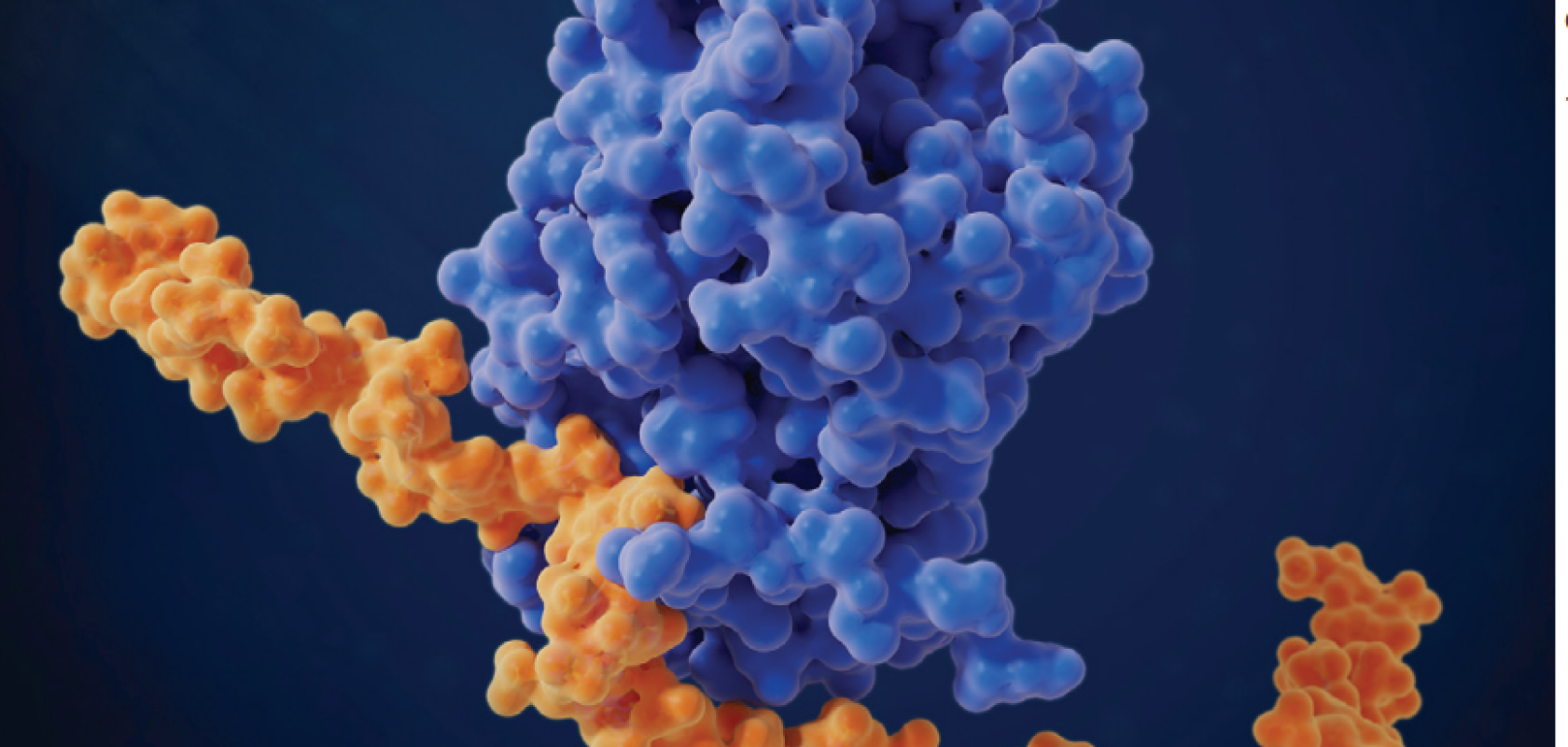Handheld devices are making thermal management in research experiments more accessible, and in turn advancing applications such as backscattering interferometry, finds Jessica Rowbury
From controlling the temperature of a laser diode to thermally regulating an experimental solution, maintaining a stable temperature is a crucial element of electro-optical experiments.
Thanks to advances in miniaturisation and reductions in size, weight and cost, for researchers, temperature control devices are more accessible than ever – with controllers now able to fit into the palm of a hand or be taken out into the field. This helps to push research further, helping scientists answer new questions in fields from biomedicine and life sciences to remote sensing, communications and manufacturing.
Researchers from Bristol University in the UK, for example, are one such group helping to advance capillary-based backscattering interferometry (BSI). The technique measures light that has been reflected, refracted, or scattered from a solution under study and collected into a capillary – normally a hollow glass tube – in which refractive index changes can be measured. Ray-tracing is commonly used in this technique to simulate the backscattered light from the capillary.
A white paper published in September details how researchers precisely manipulated temperature to determine how varying capillary designs – such as those with different wall thickness and material – affected the interference pattern of the captured light and the refractive index of the solution inside the capillary.

Capillary-based backscattering interferometry setup with different first-order rays that are possible in the capillary geometry and the angle of incident vs. intensity of the backscattering signal with different polarisations
This allowed them to develop a new ray tracing model that measures these types of capillary parameters much more comprehensively than existing research-based optical modelling tools.
According to the researchers, although capillary-based BSI is very successful in analysing different refractive index scenarios, it is generally lacking in literature for clarification on experimental parameters – such as the effects of capillary dimensions on the final fringe pattern.
The new software tool opens the door for researchers to improve the sensitivity of backscattering interferometry, which in turn will advance life sciences research – where this technique is primarily used – particularly in measuring molecular binding and monitoring biochemical interactions.
Different first-order rays that are possible in the capillary geometry of BSI
Temperature control plays a crucial role in many types of research experiments. Often, scientists must control the temperature of whatever sample they are investigating to keep refractive index, molecular properties, reactions and so on, constant and repeatable, according to Jeremiah Hashley, a technical writer at Wavelength Electronics.
Many times, as light travels through samples, the solution heats up, changing the properties. Temperature control can maintain constant results as light travels through. If the sample is thermally stable, Hashley explained, ‘any shift in wavelength or frequency of the light through a sample can be attributed directly to specific properties of the sample, rather than changing temperatures, this is often critical to the purpose of the experiment.’
Other experiments might call for precise temperature ramps or shifts for certain reactions or changes in the sample, Hashley added: ‘Having identical temperature shifts in each trial is critical for constant results and accurate data.’
In Bristol University’s experiment, which used a temperature controller from Wavelength Electronics, the solution inside the capillary was heavily dependent on temperature. Temperature variations can result in changes in refractive index, and so for Bristol’s experiment – which aimed to determine how capillary thickness, material and other parameters affected refractive index – it was vital that temperature didn’t cause inaccurate data relating to the parameters being measured. In most experiments, devices in the set-up may gradually increase in temperature over time, and so the aluminium stage that held the capillary also needed to be maintained at a stable temperature.
By using the WTC3243HB from Wavelength Electronics, researchers were able to ensure a stable refractive index of the solution inside the capillary, correlating to a more stable and repeatable backscattering light collection of the camera.
The device’s small footprint and battery-operated design allowed the researchers to easily integrate the controller into the capillary set-up. The WTC3243HB works by delivering bidirectional current to a Peltier thermoelectric cooler, Hashley explained. ‘The controller adjusts the thermoelectric drive current to change the temperature of a sensor connected to the thermal load,’ he said. ‘The voltage across this sensor is compared to a setpoint voltage that correlates to a desired temperature. The WTC continuously changes the current to the thermoelectric to keep the sensor voltage equal to the setpoint voltage – matching the sensor temperature with the setpoint temperature.’
Wavelength Electronics’ range of temperature controllers – from benchtop lab instruments to handheld devices – can enable temperature control down to 0.0009ºC over one hour, when coupled with a Peltier thermoelectric module. ‘This allows researchers to plug in the devices and not have to worry about temperature affecting their experiments over long periods of time,’ Hashley said.
With the right controller, thermoelectric coolers can be very precise, and can be used to both cool and heat samples in an experiment. Liquid cooling is another method of controlling temperature, Hashley explained, but ‘is expensive, has more maintenance requirements, and takes up more space overall’. Resistive heaters are another option for cheap and effective thermal control. However, they can only control temperature unilaterally, said Hashley.
In addition to research instruments, the WTC3243HB is designed into handheld electro-optical systems, atmospheric lidar instruments, airborne instrumentation, Raman spectrometers and medical diagnostic equipment. With precise temperature control in electro optic products, laser wavelength can remain consistent throughout the experiment.
Typically, handheld devices pose challenges for accurate and highly precise thermal management, said Hashley, but measuring just 1.3 x 1.28 x 0.313 inches, the WTC3243HB is small enough for handheld devices and can be operated from a battery. ‘This increases the sensitivity that handheld devices can consistently deliver,’ he said.
One such use outside of the research lab is in lidar, in which most of the temperature control is focused on the laser emitting the light. ‘Wavelength is a huge factor in lidar and other applications. With temperature control, the wavelength can stay constant,’ Hashley said.
To read in more detail about Bristol University researchers’ method in developing a new ray tracing model, download Wavelength Electronics’ latest white paper, A Ray Tracing Approach to Capillary-Based Backscattering Interferometry at www.electrooptics.com/ white-papers.


